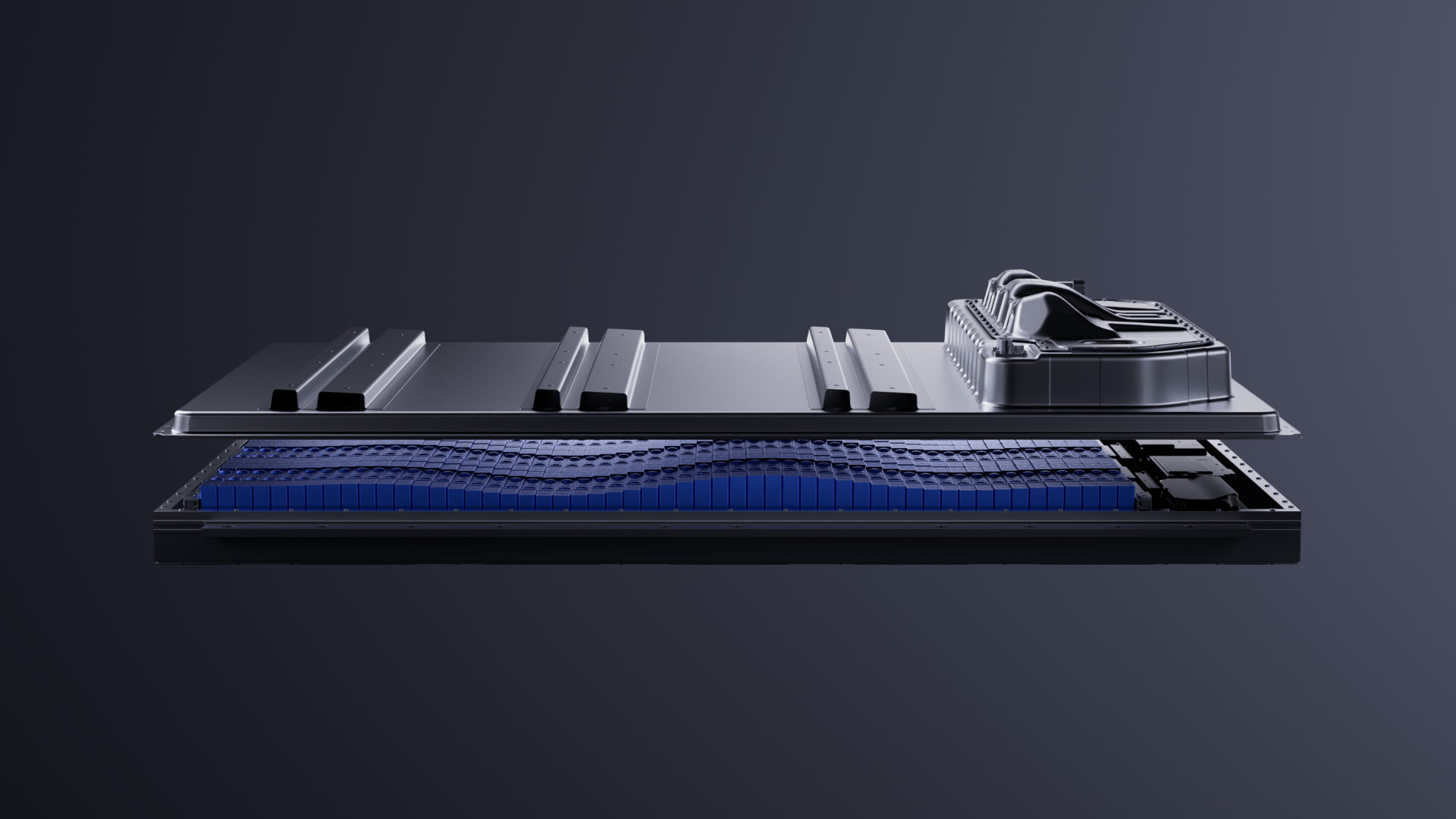Audi is poised for a significant transformation in its SUV lineup with the upcoming launches of the all-new Q7 and Q9, set for next year. The Q7, which has been in production since 2015, is overdue for a replacement, and its redesign is critical for maintaining Audi's competitive edge in the luxury SUV market. Meanwhile, the Q9 will serve as Audi's flagship model, directly challenging the BMW X7 and Mercedes-Benz GLS. Both vehicles will utilize the Premium Platform Combustion (PPC) architecture, which supports a range of powertrains, including internal combustion engines and hybrid options, addressing the growing demand for versatile and efficient vehicles in this segment.
The introduction of the Q7 and Q9 not only revitalizes Audi's SUV offerings but also underscores the brand's commitment to innovation and performance. While specific powertrain details remain unconfirmed, expectations are high for the sportier SQ9 variant, which may feature a powerful 4.0-liter twin-turbocharged V8 engine. The design elements, including split headlights and LED taillights, reflect Audi's modern aesthetic, ensuring these models resonate with consumers. However, the rollout has faced delays due to software issues related to the PPC platform, highlighting the complexities of integrating advanced technology in new vehicle designs. As Audi prepares for these launches, the implications for market positioning and brand identity are substantial, potentially reshaping consumer perceptions in the luxury SUV landscape.









